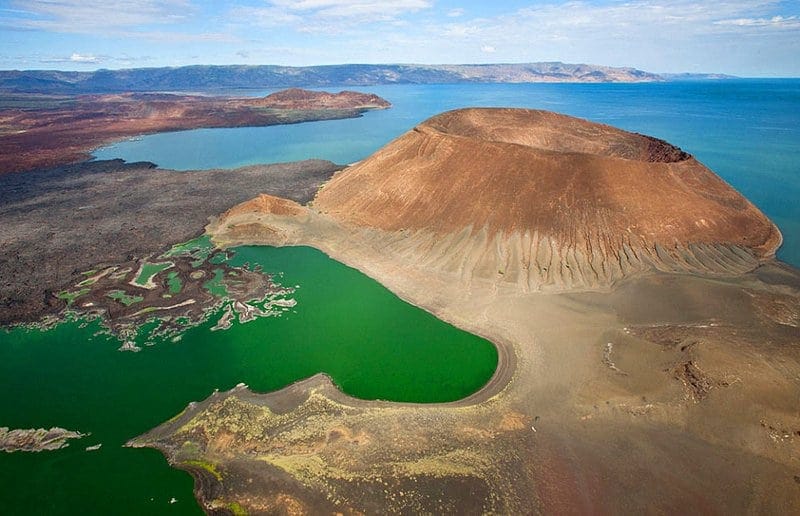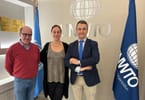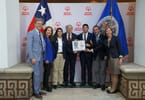Tourism is one of the important industry for designated World Heritage Sites. Visiting and maintaining UNESCO World Heritage sites is important for this industry.
In 1997 Kenya’s Lake Turkana stands among such World treasures side by the side with the Taj Mahal, the Grand Canyon and the Great Wall of China – all UNESCO world heritage sites.
Africa has always been a continent of conflicts. One of these situations of concern is Ethiopia and Kenya. The environmental group Các dòng sông quốc tế cảnh báo rằng Ethiopia’s Gibe III Dam and expansion of large, irrigated plantations in the Lower Omo basin threaten food security and local economies that support more than half a million people in southwest Ethiopia and along the shores of Kenya’s Lake Turkana.
It’s the world’s largest desert lake, a spectacular site whose fossil finds have contributed more to the understanding of human ancestry than any other site in the world. Turkana is an outstanding laboratory for the study of plant and animal communities.
The three National Parks serve as a stopover for migrant waterfowl and provide major breeding grounds for the Nile crocodile, hippopotamus and a variety of venomous snakes. The Koobi Fora deposits, rich in mammalian, molluscan and other fossil remains, have contributed more to understanding paleo-environments than any other site on the continent.
“Construction on the dam began in 2006 with flagrant violations of Ethiopia’s own laws on environmental protection and procurement practices, and the national constitution,” the Oakland, California-based group wrote.
“The project’s US$1.7 billion contract was awarded without competition to Italian construction giant Salini, raising serious questions about the project’s integrity.”
In February 2015, the filling of the dam’s reservoir began. The same year in October, Gibe III began generating electricity.
The Rivers group continued: “Project impact assessments were published long after construction began and disregard the project’s most serious consequences. Despite the huge impacts on vulnerable people and ecosystems, NGOs and academics in Ethiopia familiar with the region and the project don’t dare speak out for fear they will be shut down by the government.”
The Committee mentioned other changes affecting the hydrology of the Lake Turkana Basin, namely the Kuraz Sugar Development Project, and the Lamu Port-South Sudan-Ethiopia Transport (LAPSETT) Corridor Project.
The World Heritage Committee meeting in Manama decided on June 28 to inscribe the Lake Turkana National Parks on the List of World Heritage in Danger, notably because of the impact of a dam on the site.
The List is designed to inform the international community of conditions threatening the very characteristics for which a property has been inscribed on the World Heritage List (i.e. armed conflicts, natural disasters, uncontrolled urbanization, poaching, pollution) and to encourage corrective measures.























